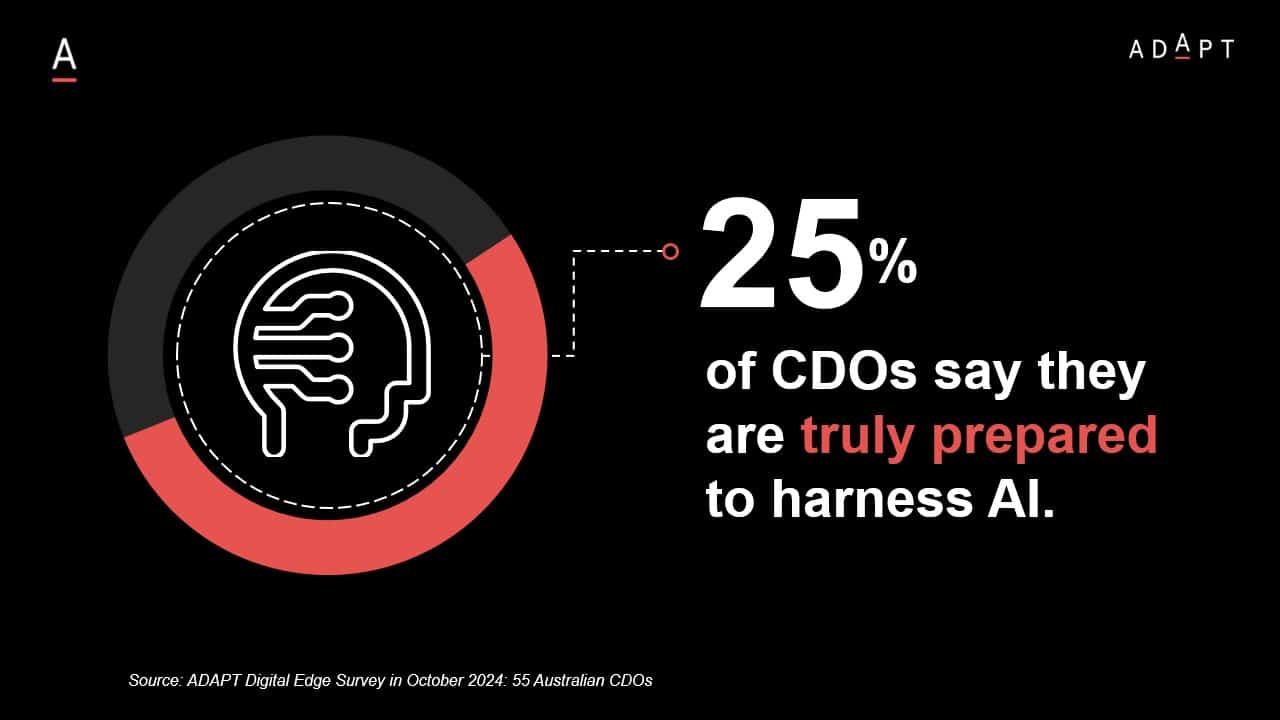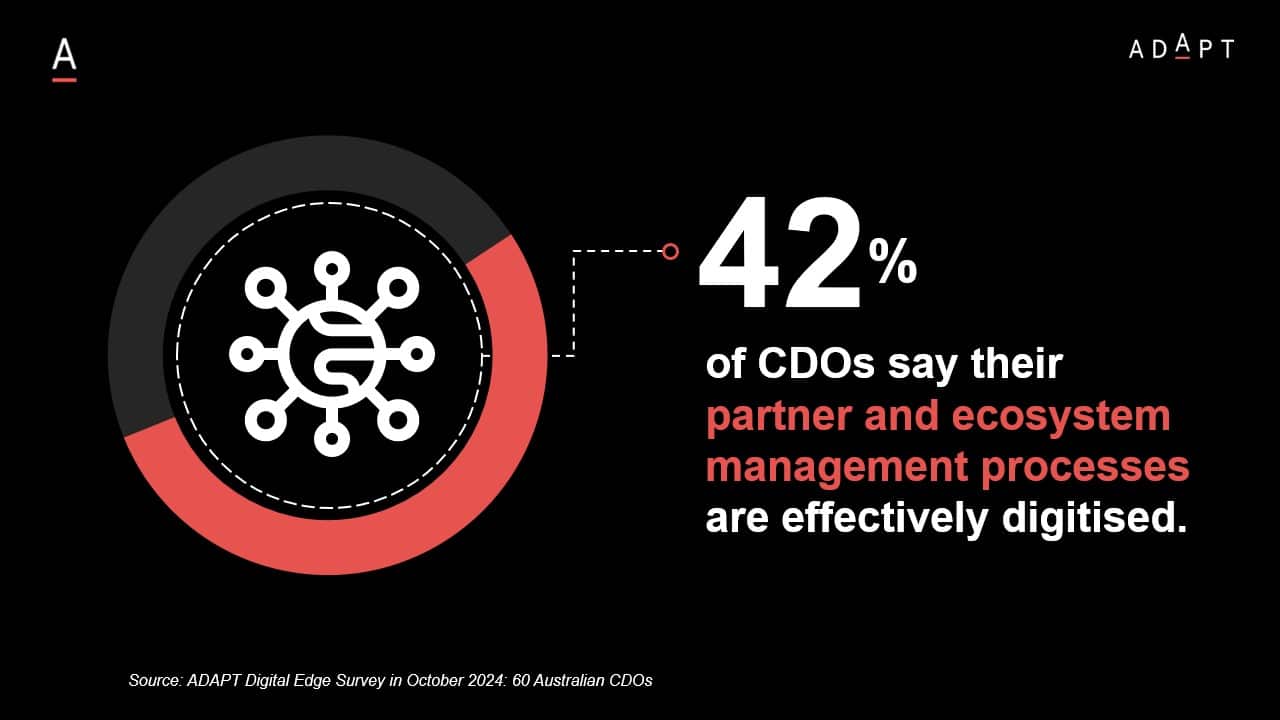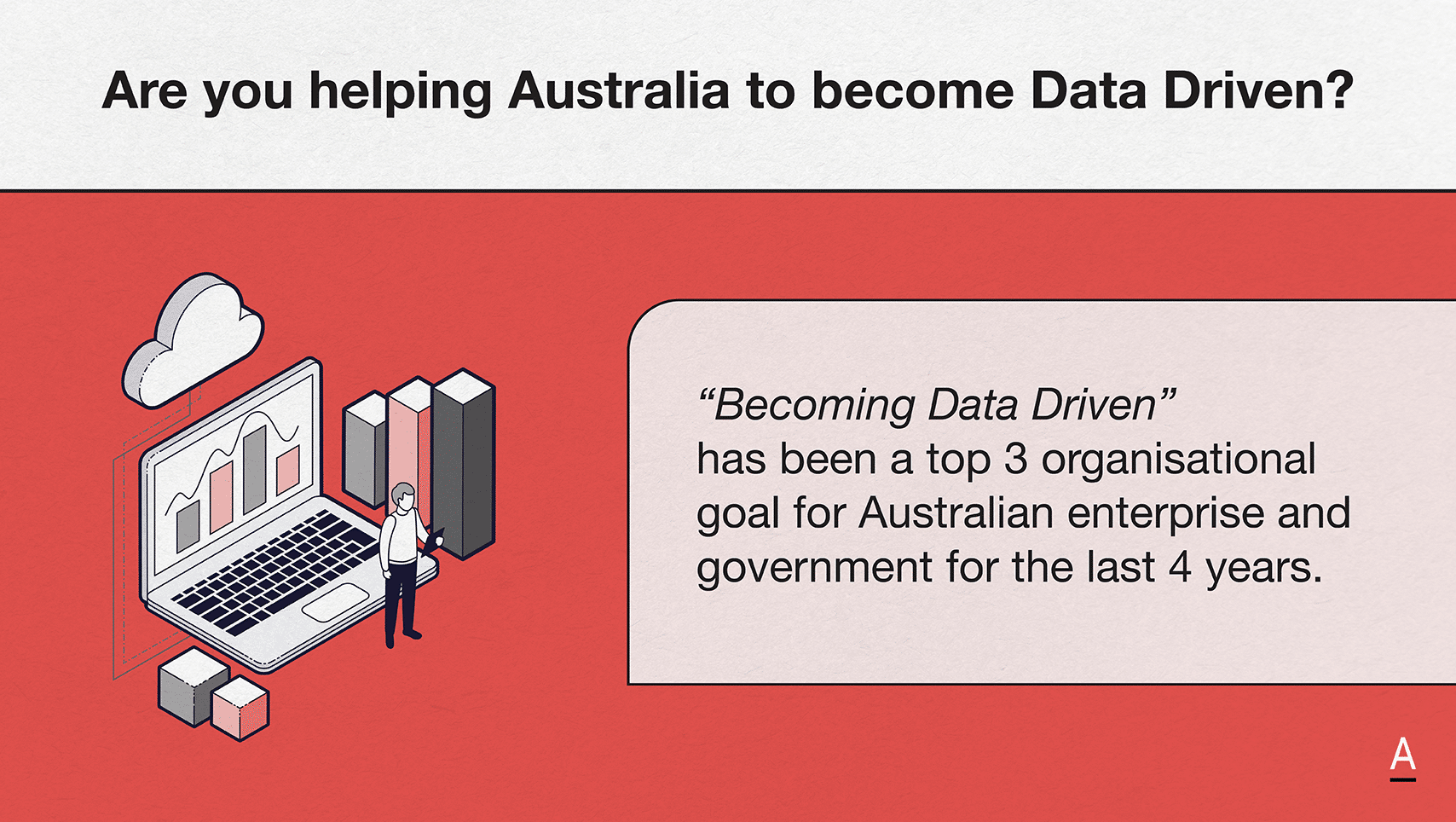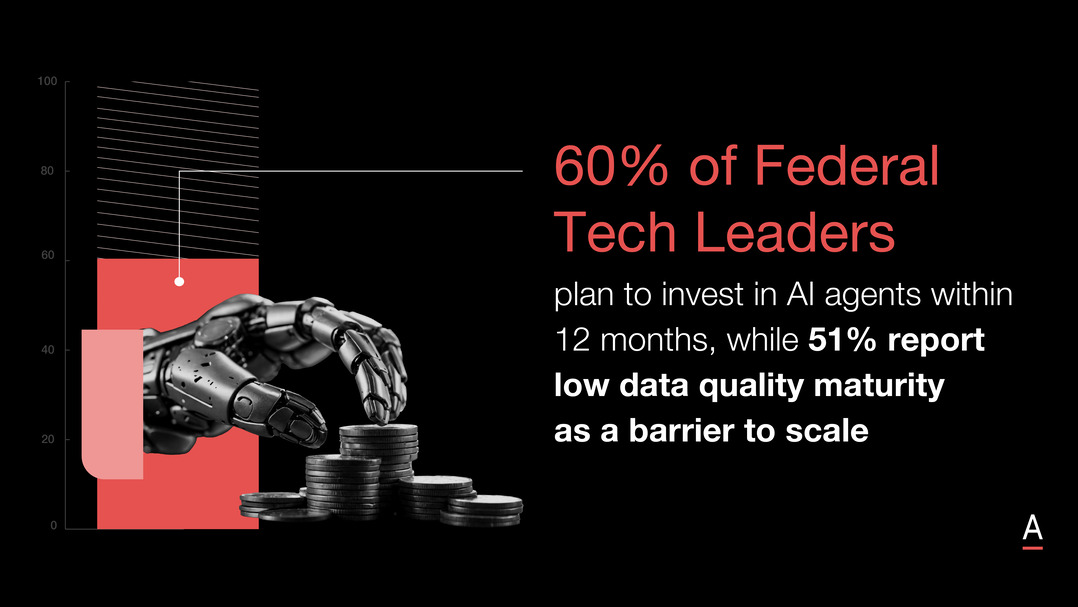Why boards are betting on Chief Digital Officers to lead enterprise growth
ADAPT examines the evolving role of today’s Chief Digital Officer and how tech vendors can better engage these strategic, outcome-driven leaders.
ADAPT examines the evolving role of today’s Chief Digital Officer and how tech vendors can better engage these strategic, outcome-driven leaders.
As Australian enterprises grapple with economic pressure, talent shortages and growing digital complexity, the Chief Digital Officer (CDO) is emerging as a central figure in transformation.
CDOs are no longer confined to overseeing IT projects.
They are shaping customer strategy, revenue models and enterprise-wide innovation.
ADAPT’s latest survey of 179 senior technology and digital leaders reveals the evolution of the CDO into a commercial decision-maker.
To support these leaders, vendors must recalibrate how they position products and services, shifting from technical selling to outcome-led partnership.
From tech enabler to commercial strategist
CDOs are now making high-impact business decisions.
In 2021, the focus was on enabling transformation and modernising legacy systems.
In 2025, 69% of CDOs identify as strategic advisors, with direct reporting lines to CEOs and Boards.

Their remit now spans revenue generation, customer engagement and enterprise agility.
This shift is also reflected in their KPIs.
Top metrics now include revenue from digital services, customer engagement on digital platforms and time-to-market for new initiatives.
Internal metrics like system adoption or cost savings have taken a back seat.
Takeaway:
CDOs expect vendors to engage as strategic partners.
Messaging must demonstrate how solutions drive commercial value—measurable revenue, customer impact and competitive speed—rather than just digital capability.
What CDOs are prioritising in 2025
ADAPT’s research shows that three themes dominate CDO roadmaps for the year ahead.
Customer acquisition and retention
CDOs are investing in platforms and features that drive personalisation, loyalty and seamless digital journeys.
Initiatives like CommBank’s AI-driven customer experience updates reflect this priority.
Enhancing the front-end experience is a clear competitive differentiator.
Simplifying and modernising the tech stack
Legacy systems are still slowing down innovation.
CDOs are directing resources to simplify operations through cloud migration, platform consolidation and process automation.
Woolworths’ unified digital service approach is one example of this direction.
Creating digital revenue streams
There’s a growing emphasis on new, digital-first offerings that contribute to top-line growth.
Telstra’s launch of loyalty and eSIM products is part of this broader push.
Takeaway:
As CDOs double down on growth, experience and efficiency, they’re looking for partners who can help them modernise legacy systems, accelerate digital revenue streams, and deliver customer-facing innovation, without adding complexity to the stack.
Emerging technologies are driving investment
CDOs are rapidly adopting generative AI.
In 2024, 31% had deployed GenAI tools, nearly double the figure from 2023.
The primary appeal is productivity at scale, delivered under tight resource constraints.
This reflects a clear appetite for technologies that improve operational efficiency while driving innovation and customer experience.
GenAI is being explored not just for content creation or experimentation, but as a tool to automate tasks, enhance insights and reduce pressure on understaffed teams.
While optimism around AI is high, most CDOs remain in early stages of readiness.
Just 25% feel prepared, citing clear plans, strong leadership backing and modern infrastructure.

The rest face challenges including planning gaps, talent shortages and legacy systems, limiting their ability to scale AI confidently.
And with growing pressure to secure digital channels and protect user data, CDOs are also increasingly exploring decentralised identity solutions (11%) and distributed ledger technologies (6%).
These solutions address growing concerns around data privacy, security and regulatory alignment.
Takeaway:
CDOs are prioritising emerging tech that solves real business constraints.
Solutions that boost productivity, reduce manual effort and improve data security are gaining traction, especially those that can be deployed quickly and deliver measurable outcomes under pressure.
Barriers slowing execution
Execution gaps are making it harder for digital leaders to deliver impact at speed.
Resource and budget constraints
Lack of funding and skilled talent are the top two blockers to CDO success.
This creates strong demand for cost-effective, easy-to-adopt technologies that deliver impact quickly.
Fragmented digital maturity
CDOs are shifting focus from expansion to optimisation.
Data from ADAPT shows progress in core digital capabilities is either stalling or reversing.
For example, the percentage of organisations capturing customer orders digitally dropped from 61% in 2023 to 49% in 2024.
Similarly, API connectivity and workflow automation have seen declines.
These figures point to a recalibration—enterprises are stabilising existing systems rather than pursuing aggressive innovation.
Lagging partner and ecosystem integration
Only 42% of CDOs say their partner and ecosystem management processes are effectively digitised—making it the least mature business function.

Procurement, contract integration and supply chain visibility remain manual, disconnected and difficult to scale.
Takeaway:
CDOs are under pressure to deliver outcomes fast, despite limited resources and uneven digital maturity.
They’re prioritising vendors who can simplify integration, optimise existing systems, and prove value quickly, especially in areas like AI, CX and ecosystem enablement.
Low-friction, cost-effective solutions with clear ROI are now the baseline expectation.
Recommended actions for technology vendors
To build relevance and trust with CDOs, vendors must take an outcome-focused and practical approach.
ADAPT recommends using the A.C.T.I.V.E. framework:
- Align with priorities: Target customer growth, legacy modernisation and operational efficiency.
- Communicate ROI: Use proof points like benchmarks, case studies and quantified outcomes.
- Tailor for ecosystems: Help digitise partner management and supply chain processes.
- Integrate customer feedback: Show how feedback loops can shape agile development.
- Validate simplification: Offer modular tools, low-code deployment and managed services.
- Enable transformation: Scale with CDO goals and reduce reliance on internal resources.
CDOs are gaining more influence, but pressure to deliver real business outcomes is also intensifying.
Their focus in 2025 is on executing what works: proven tools, measurable ROI and scalable platforms.
Vendors that reduce complexity and enable fast, customer-centric innovation will stand out.
Access ADAPT’s The Rising Influence of CDOs: A 2025 Digital Leadership Persona report for more insights into CDO investment priorities and how vendors can better align their go-to-market strategy.


























